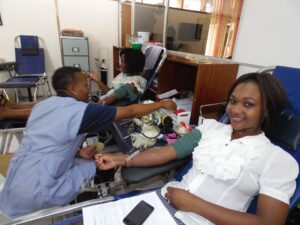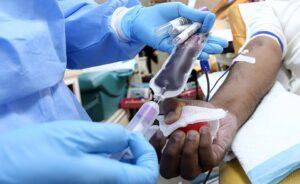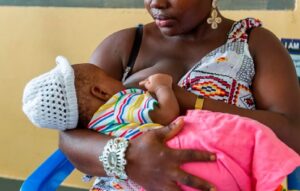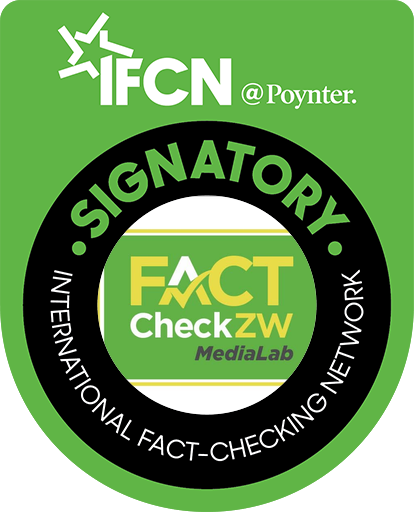According to UNICEF, 42% of children in Zimbabwe are exclusively breastfed for the first six months of life, while a quarter suffer from chronic malnutrition. The 42% falls way short of the Sustainable Development Goal target of at least 70 per cent by 2030.
While evidence clearly shows that breastfeeding gives a baby the best start to life, new mothers still struggle with a lot of questions around breastfeeding: why exclusively breastfeed; why can’t I supplement with animal milk; is my baby getting enough nutrients; what if I find breastfeeding painful; what should I eat while breastfeeding, etc, etc?
Alright, buckle up, because for the next 4 Fridays, we’ll be diving into the magical, life-sustaining liquid that is breast milk! You might think it’s just… milk. But hold your horses! We’re talking about a dynamic, ever-changing, personalised cocktail that’s more complex than anything you’ve ever imbibed. Let’s spill the tea (or should we say, the milk?) on why this amazing liquid is the VIP pass to a baby’s best start in life. Prepare to be amazed – it’s not just food, it’s a tiny, delicious science experiment happening right in front of you!
Breast milk is milk made by the mammary glands in the breasts of women. It is the chief source of nutrition for newborn babies, consisting of fats, proteins, carbohydrates, and a varying composition of minerals and vitamins.
This is how the female body makes milk, ‘after a baby is born and the placenta is delivered, a drop in the pregnancy hormones allows the hormone prolactin to begin to work. Prolactin “tells” the breasts it is time to start making large amounts of milk. A mother feels the result of prolactin when her milk “comes in,” usually when her baby is about 3 to 5 days old. Increased milk production typically occurs at this time even if a baby has not been breastfeeding well or often. But frequent breastfeeding can speed up the process of establishing increased milk production.’
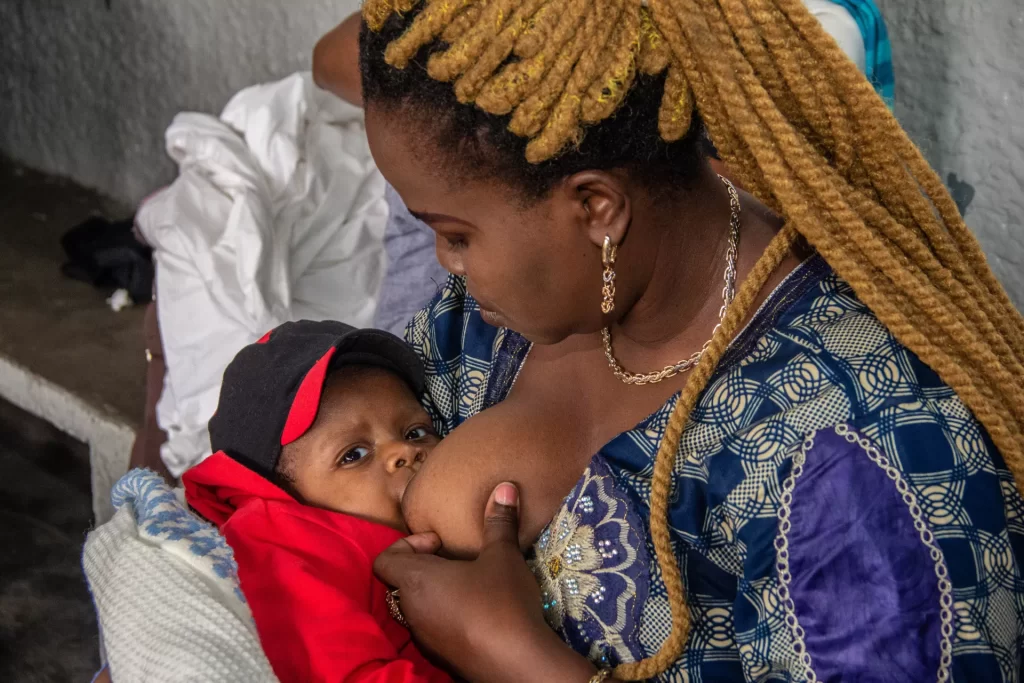
Breast-milk composition :
Breast milk contains all the nutrients that an infant needs in the first 6 months of life, including fats, carbohydrates, proteins, vitamins, minerals and water. It is easily digested and efficiently used. Breast milk also contains bioactive factors that augment the infant’s immature immune system, providing protection against infections, and other factors that help digestion and absorption of nutrients.
Fats :
Breast milk contains about 3.5 g of fat per 100 ml of milk, which provides about one half of the energy content of the milk. The fat is secreted in small droplets, and the amount increases as the feed progresses. As a result, the hindmilk secreted towards the end of a feed is rich in fat and looks creamy white, while the foremilk at the beginning of a feed contains less fat and looks somewhat bluish-grey in colour. Breast-milk fat contains long chain polyunsaturated fatty acids (docosahexaenoic acid or DHA, and arachidonic acid or ARA) that are not available in other milks. These fatty acids are important for the neurological development of a child. DHA and ARA are added to some varieties of infant formula, but this does not confer any advantage over breast milk, and may not be as effective as those in breast milk.
Carbohydrates :
The main carbohydrate is the special milk sugar lactose, a disaccharide. Breast milk contains about 7 g lactose per 100 ml, which is more than in most other milks, and is another important source of energy. Another kind of carbohydrate present in breast milk is oligosaccharides, or sugar chains, which provide important protection against infection.
Protein :
Breast milk protein differs in both quantity and quality from animal milks, and it contains a balance of amino acids which makes it much more suitable for a baby. The concentration of protein in breast milk (0.9 g per 100 ml) is lower than in animal milks. The much higher protein in animal milks can overload the infant’s immature kidneys with waste nitrogen products. Breast milk contains less of the protein casein, and this casein in breast milk has a different molecular structure. It forms much softer, more easily-digested curds than that in other milks. Among the whey, or soluble proteins, human milk contains more alpha-lactalbumin; cow milk contains beta-lactoglobulin, which is absent from human milk and to which infants can become intolerant.
Vitamins and minerals :
Breast milk normally contains sufficient vitamins for an infant, unless the mother herself is deficient. The exception is vitamin D. The infant needs exposure to sunlight to generate endogenous vitamin D – or, if this is not possible, a supplement. The minerals iron and zinc are present in relatively low concentration, but their bioavailability and absorption is high. Provided that maternal iron status is adequate, term infants are born with a store of iron to supply their needs; only infants born with low birth weight may need supplements before 6 months. Delaying clamping of the cord until pulsations have stopped (approximately 3 minutes) has been shown to improve infants’ iron status during the first 6 months of life
Anti-infective factors :
Breast milk contains many factors that help to protect an infant against infections. The protection provided by breastmilk is uniquely valuable for an infant. First, it protects without causing the effects of inflammation, such as fever, which can be dangerous for a young infant. Second, it contains antibodies formed in the mother’s body against the bacteria in her gut, and against infections that she has encountered, so they protect against bacteria that are particularly likely to be in the baby’s environment.
Conclusion
Breast milk is basically a superhero smoothie designed specifically for your tiny human. It’s got the perfect mix of everything they need, constantly updates its ingredients based on baby’s needs (talk about smart!), and even throws in some antibodies for good measure – like a tiny, delicious bodyguard.
Now that you know what breast milk is all about, check in next Friday as we discuss the importance of breastfeeding as well as exclusive breastfeeding for the first 6 months of life.






